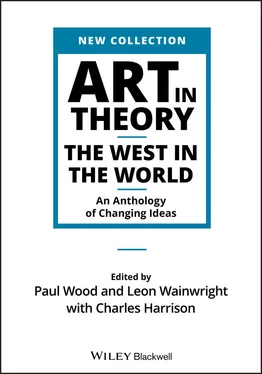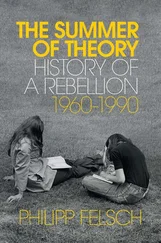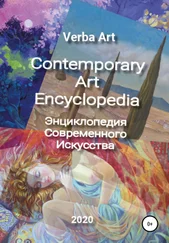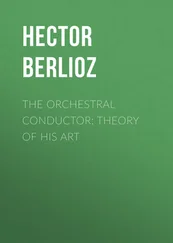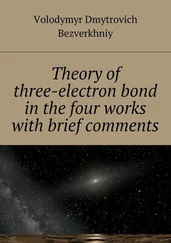The globalization of art is now established fact. There are, to be sure, various qualifications that can, and need, to be entered into that statement. Traditional centres, pre‐eminently New York, remain powerful. Canonical Western institutions such as the Guggenheim and the Louvre have implanted themselves worldwide, from the Middle East to China. But nonetheless, the balance of forces has changed, both conceptually and practically. Previously, in terms of an anthology of changing ideas about art, concepts such as ‘the primitive’ and ‘Primitivism’ – to take a contentious example – were conventionally regarded as essentially internal to the development of the Western avant‐garde and were organized around predominantly technical and formal properties of objects. Now no contemporary treatment of the relationship between European and African art could employ the concept of ‘the primitive’ as anything other than symptomatic of wider relationships of power. How those relationships are construed is, of course, the nub of the matter; they can be seen as primarily inscribed by class or gender or race, by colonialism or capitalism, by empire or ethnicity, or by conceptions of identity that run across all of them, framing them or being framed by them according to who you are, what you believe and where you stand, morally and politically. But cumulatively such matters are inescapable for any project aspiring to anthologize changing ideas of art on a global scale.
Issues of selection and organization
Clearly the criteria for inclusion of texts must differ markedly for such a collection as this, compared with its predecessors. Most notably, the cornerstone concept of ‘Art’ itself is much less stable when viewed in a global perspective. Although the term is now used routinely to denote a wide range of practices worldwide, as well as practices of the historical and even prehistoric past, such an expansion in its range of application should not mask the fact that the concept of ‘Art’ in its present currency developed historically in Europe in the modern period. A collection such as Art in Theory: The West in the World can no longer rely on the conceptual stability of the core term to the same extent that it was able to underpin previous volumes in the series. Whereas in a predominantly Eurocentric context, even when extended over a considerable historical period, the theory of ‘Art’ as such can readily be broadened by the inclusion of relevant texts derived from political and philosophical debate, as well as imports from adjacent areas such as architecture and design, or film studies, in the case of the present project the situation is fundamentally different.
In the earlier periods covered by the present book, we find we are scarcely dealing with European perceptions of ‘Art’ at all. There are two reasons. Firstly, in the early period with which we are concerned, the modern concept of ‘Art’ was only in the process of being developed in Europe itself. Second, as it was developed, it quickly became normatively withheld from the visual or material cultures of most non‐European societies. It goes almost without saying that the dominant European identification of ‘Art’ with ‘imitation’ (the evolution of which is traced in the original Art in Theory volumes) is powerfully in play in respect of descriptions and judgements of the aesthetically informed practices of other societies which Europeans began to encounter in the early modern period.
Most of the writing with which we are concerned is not about paintings and sculptures (and is certainly not underpinned by a stable, historically evolved conception of ‘Art’). It is, rather, about such things as cities and palaces, luxury trade goods including weapons and utensils, ceramics and furniture (including carpets), as well as personal items such as clothing and jewellery. By the same token, in contexts of cross‐cultural encounter, it is not just the largely secular domains of modern aesthetics, philosophy and politics which amplify the realm of ideas about art, but quintessentially also religion. Many of the works of what we now regard as, say, Indian art or Polynesian art or African art, were historically encountered by Europeans in the guise of ‘idols’; that is devotional (or, in the verdicts of previous times, irreligious or even anti‐religious) objects, not as ‘Art’. Such things brought with them the whole panoply of holiness and heresy, and questions of their artistic merit were inseparable from other questions of their appreciation or condemnation on moral and religious grounds.
All known human societies have developed some form of ‘art’, if we use that term as a partial synonym for aesthetically determined material culture, rather than restricting it as a descriptor of hierarchically buttressed, specialized practices reliant on degrees of conceptual and practical autonomy from the course of daily life. Likewise, all known societies have developed some form of religion in an attempt to deal with the consequences of the fragile position of humankind within the cosmos. All of these factors bear down on the encounters we seek to document in the present anthology as part of the process of underpinning any contemporarily resonant notion of ‘Art’ conceived on a global scale. It is not, we stress, a matter of forcing world cultures into a procrustean bed of Western ‘Art’, but on the contrary, an attempt to trace the evolution of modern Western conceptions of Art by taking into account much wider cultural currents than a normative Eurocentric focus allows.
In a somewhat different register, when turning to consider developments at a later historical period, whereas in a European‐centred context it has largely been questions of philosophy and politics that have amplified and complicated the secular discourse of Art, in cross‐cultural contexts these do not stand alone. In such contexts, it is anthropology and ethnography, as well as the discourse of ‘Orientalism’, that come most vividly to the fore. It is they that have been the prime sources for the putatively ‘scientific’ description in the West of material cultures and artefacts from around the world: both in the case of the manifestly highly developed civilizations of the ‘East’ and in the differently organized societies which Europeans encountered through their expansion into the global South. It was the latter in particular which constituted the realm of the now outmoded ideology of the ‘primitive’; and here once again the religious–spiritual sphere is a key factor.
We have tried throughout the present anthology to make our selections in the light of these much altered criteria for the inclusion of texts while yet retaining some sense of a persisting focus on ‘Art’, the better to reflect the nature of the ‘changing ideas of art’ that the book is, in the last analysis, about. Almost 30 years ago, in the introduction to the first Art in Theory , we wrote, ‘It is art we are concerned with, and the theory it is made of’. Much has changed in the meantime, but that remains the focus of the present volume. Consistent and inclusive as we have tried to be, however, there is no template. In the end, ‘relevance’ in this context is a matter of judgement.
A short introductory essay to an anthology of changing ideas about art is not the place to debate the pros and cons of such overarching questions as the relative merits of historical materialism and identity politics as the best methodological approach to the study of human social relations, including cultural relations. Fortunately we do not have to. It is one of the merits of a collection of texts that it can represent different perspectives without necessarily falling into contradiction. We do not have to present a unified, coherent argument. (The editors themselves are not ‘unified’ in this regard.) All we have to do is employ a reasonably serviceable armature on which to arrange the various texts we have selected, in the belief that they shed an interesting light on changing ideas about a nexus of practices of art, craft, design, architecture and sundry other forms of material culture, considered in a worldwide context over a period of several centuries. This we have done by maintaining the organizational structure already employed in previous volumes of the Art in Theory series: namely a sequence of chronological periods, divided into two, three or four thematic subsections as the available texts require. Broadly speaking, these categories are intended to give a purchase on (a) a range of variously philosophical or political ideas with a bearing on the central topic of art and material culture; (b) reflections on histories and their changing constitution; (c) ideas associated with a range of ‘applied’ disciplines such as anthropology, sociology, and – of special importance in the field with which we are concerned – museology; (d) the accounts of artists themselves, and kindred texts by literary figures such as dramatists, novelists and poets. These thematic Sections are arranged in an order which best seems to serve the requirements of the eight chronological Parts as they proceed through the book.
Читать дальше
